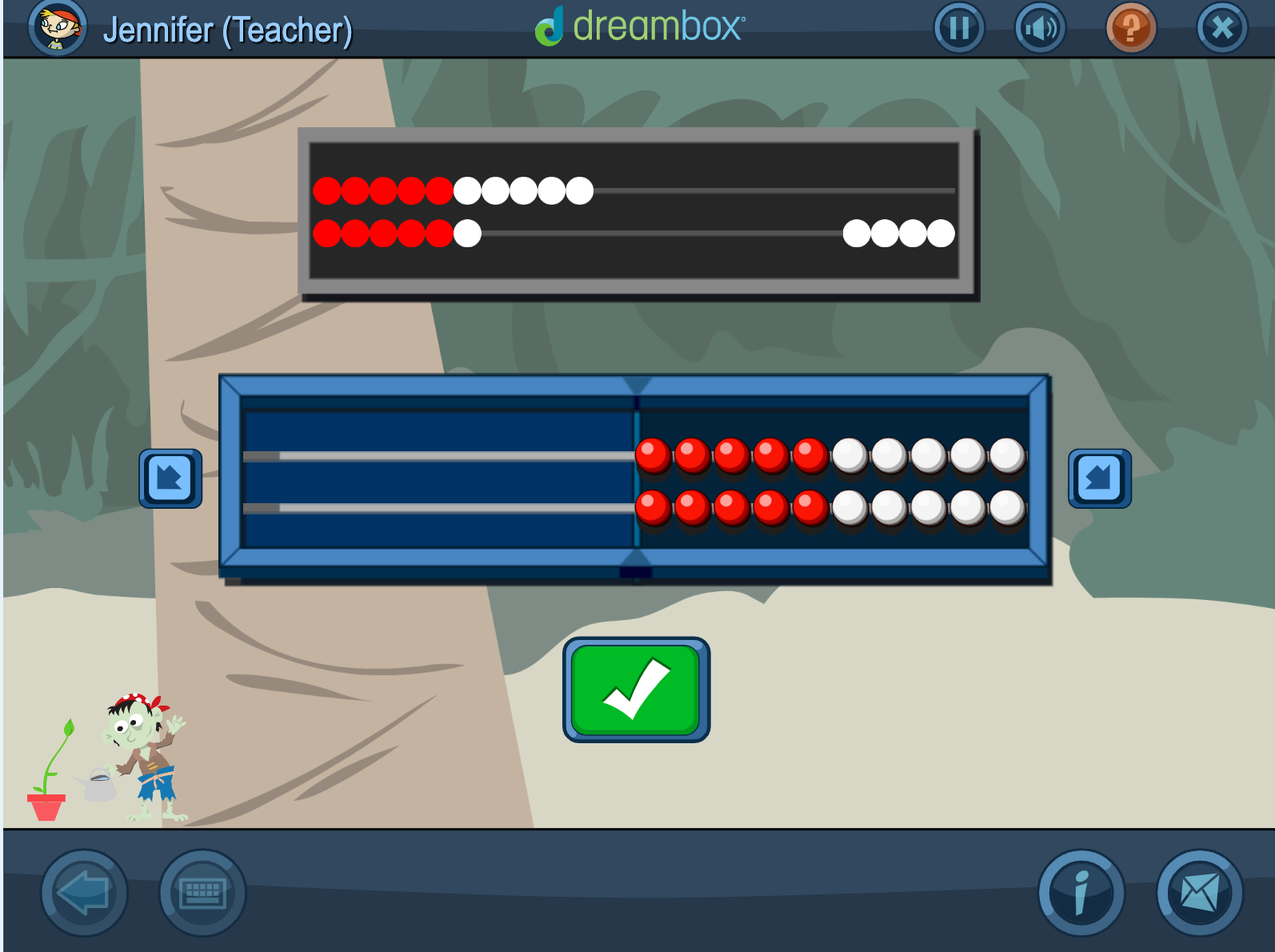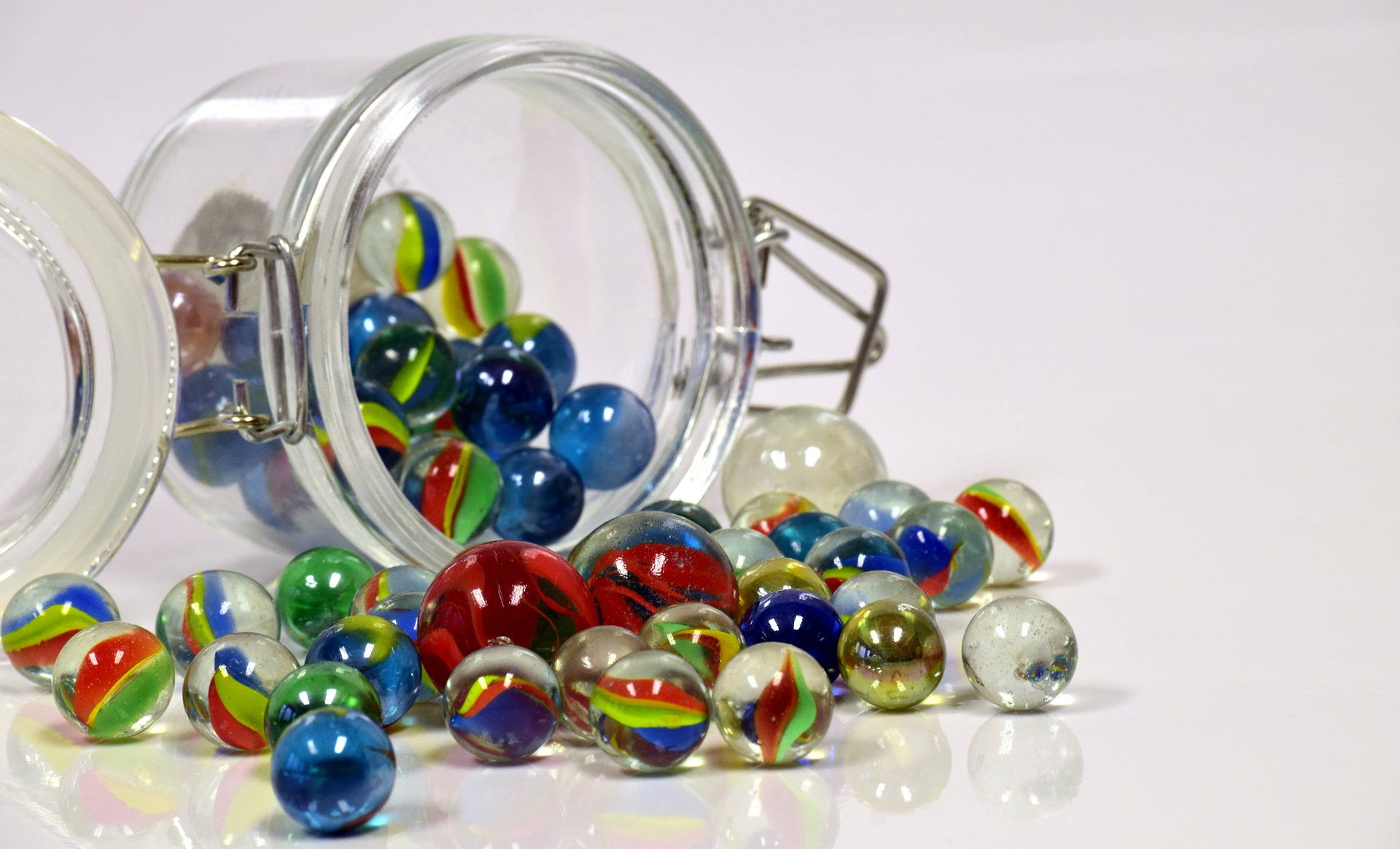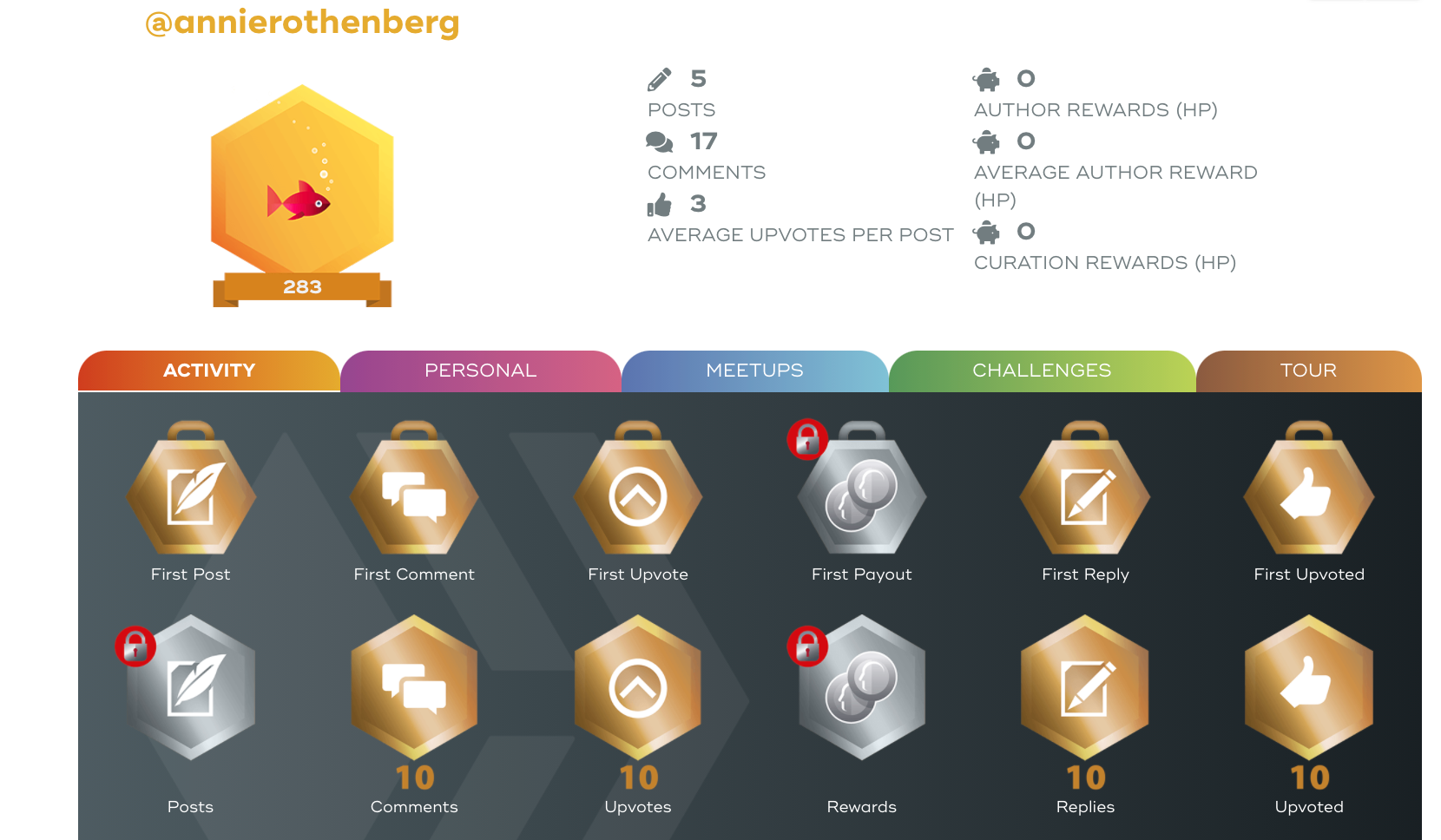I have mixed feelings about rewards systems in education. I think that they do engage and motivate many students but not all. I have a few experiences using rewards systems in my own classroom that I can relate to shed more light on my own ambivalence. My school uses DreamBox - a gamified math platform for young students that allows students to earn badges, coins, and other rewards.

(Screenshot from sample lesson)
An article from DreamBox discusses the value of positive reinforcement as the reason for the rewards system. It says that, “As human beings, we’re hardwired to respond to positive reinforcement. With every step tracked and every earned firework display, our brains release dopamine neurons—feel-good cells that make us want to persevere. Whether you’re an adult trying to stay active or a child trying to learn math, little rewards can go a long way” (@DreamBox_Learn, 2020). I have seen the value of rewards systems at play in many of my students as they play DreamBox and are motivated to earn coins or complete a lesson. However, I’ve also seen some students get frustrated and turned off on the program if it begins to feel too hard or they see their classmates progressing faster than them. In general, I think if students are focused on their own work, goals, and progress, then the rewards systems in DreamBox are positively motivating for students.
Another reward system I’ve used in my classroom targets behavior. Students have a visual cue as to how well they are meeting class expectations, either “wow,” “so-so,” or “oops.” I resisted using a system like this when I began teaching but found it helpful to curb some behavior issues that developed. Students are able to self-monitor how they are doing and there are rewards tied to having a “wow” day - both individual and for the whole class. A “wow” day earns a marble in the class marble jar to work towards a celebration day. It also is reported home to parents and individual students get to pick a small prize (usually a pencil or sticker) when they have had 10 “wow” days.

(Image from Pixabay)
There are some students who had behavioral struggles and issues that could not be managed by the marble jar system alone but there are many students for whom this provided some external motivation and positive reinforcement and made a real difference.
I think my mixed feelings stem from feeling that I want students to have internal motivation to learn and behave well rather than doing those things because they will earn something external. However, I have also seen many real examples of rewards systems leading to positive results. What I’ve learned is that for some students, external rewards are necessary to get them hooked and then the internal motivation often follows because they continue to have positive reinforcement from their own sense of accomplishment.
My experience with the rewards present on HiveBuzz is interesting. It is fun to look at the badges available and see where I am at this point in time.

I do find upvotes motivating and have found myself thinking about what else I could post about that would possibly receive more attention and upvotes so clearly the external motivation has an effect on me! My experience on SpringRole has been different. As far as I can tell, the leaderboard is based on earning tokens by referring people to SpringRole. As I have plenty of tokens and it is unclear how I use them, I’m not motivated to refer people to the site.
References
@DreamBox_Learn. (2020, July 13). Motivating kids to persist, progress, and achieve success. DreamBox Learning. https://www.dreambox.com/blog/motivating-kids-to-persist-progress-and-achieve-success
When researching for my article, one of the executives was mentioned on his thoughts on leaderboards. It seems that Dream Box, as a company, works to keep the student experience in mind.
Your rationale for using intrinsic motivational strategies to encourage appropriate behavior, but ultimately relying on intrinsic motivational strategies to reinforce learning accomplishments makes good sense to me. As you point out, one has to consider the context and what are the best tools you have available to support the situation.
As concerns Hive and SpringRole leaderboards, I did not directly address this in my discussion response to this week's prompt, but not being particularly extrinsically motivated, I have to say that I did not really pay much attention to them. However, while I do find the idea of Hive's built-in rewards system to be kind of fun, I don't find it to be particularly motivating. As for SpringRole, I don't think the platform was operational enough to make viewing of its leaderboard necessary or meaningful.